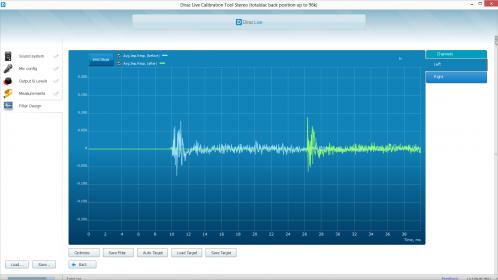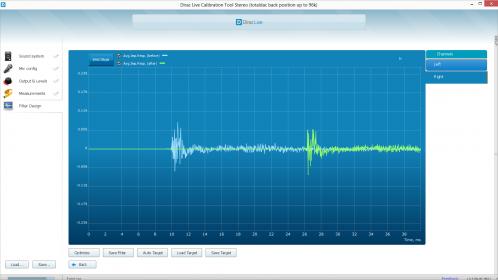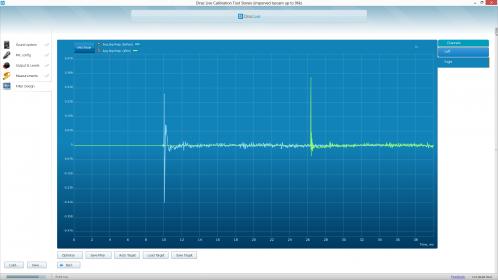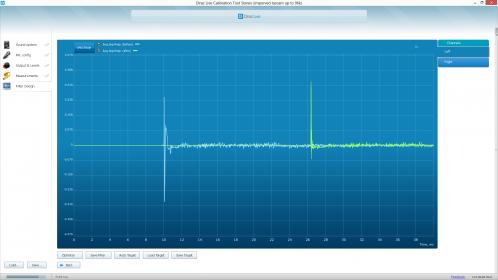No Michael, you were not wrong and your reasoning for using the same audio card was so solid that it actually is a requirement for some DRCs.
It just happens that the clock drift issue that you correctly mention has been taken into account in Dirac Live so that you can use the mic and DAC (or audio card) combination that you prefer.
 Flavio
Flavio
It just happens that the clock drift issue that you correctly mention has been taken into account in Dirac Live so that you can use the mic and DAC (or audio card) combination that you prefer.





